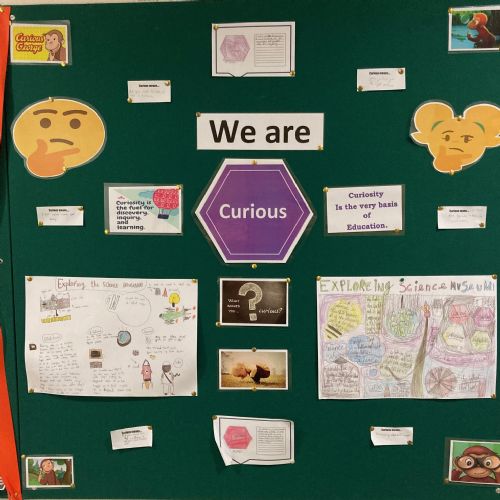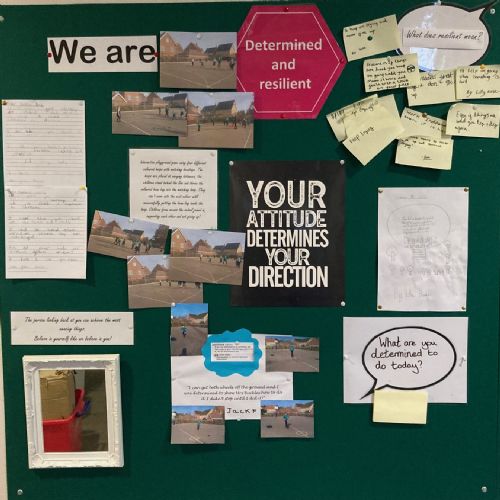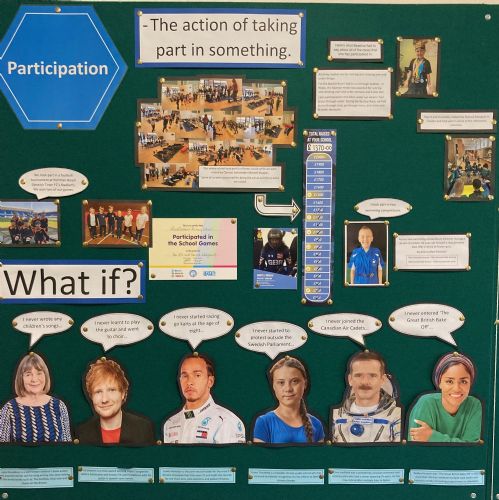Drivers and Learning Characteristics - What are they?
If you have visited any of our schools in the last year you may have noticed the sudden appearance of blue, pink and purple hexagons in classrooms, hallways and in some schools hanging from staff lanyards. What are these hexagons? And how do they support our pupils with their learning? In this issue of Horizon I will explain their purpose and use across our Trust.
The Consortium Trust is driven by three core education principles: Personal Development, Creative Development and Community Engagement. These principles are not "add-ons", nor are they haphazard outcomes, they are the foundation of the education in our schools. Our Drivers sit at the heart of what we do. We aspire for all members of the Trust, adults and children, to grow and develop these characteristics enabling us all to play an active and responsible role in our community.

These three drivers are broken down into a further eighteen Learning Characteristics (seen in the hexagons above) which we use as the building blocks of our character education.
The principles of character development are taught in every aspect of the school day so pupils learn to build links between their knowledge, skills and character.

How are the Learning Characteristics Hexagons used in our schools?
If we want to improve a child’s grit or resilience or self-control, it turns out that the place to begin is not with the child himself. What we need to change first, it seems, is his environment.
Paul Tough – Helping Children Succeed
Our Learning Characteristic hexagons are explicitly taught in the classroom and embedded in our subject specific curriculum. For example, teachers may plan for pupils to develop the ‘Engages with Debate’ characteristic by planning a sequence of lessons where they write a speech about Climate Change. Pupils learn to develop their ‘Responsibility’ hexagon by taking on roles such as Playground Buddies, Sports Leaders and School Councillors. Other Characteristics such as ‘Collaborative’, ‘Resourceful’ or ‘Independent Learner’ will be referred to daily in the classroom when discussing how children should complete a task or activity.
Children at our schools are now beginning to use the language of our Learning Characteristics regularly and with an understanding of their meaning, it would be great if adults at home could use this language as well. For example, if a child says they are stuck we encourage them to be ‘Resourceful’ – what could they use to help them? Or ‘Build links’ - thinking back to their previous learning.
Using the language of our Learning Characteristics is the first step on our journey to support our children in becoming independent, resilient, collaborative learners who are not afraid to take risks with their learning and who engage with their community.
Bluntly, you can teach the Tudors in a way that develops the habits of independence, imagination, empathy and debate; or you can teach them in a way that develops passivity, compliance, credulity and memorisation.
Guy Claxton – Educating Ruby




